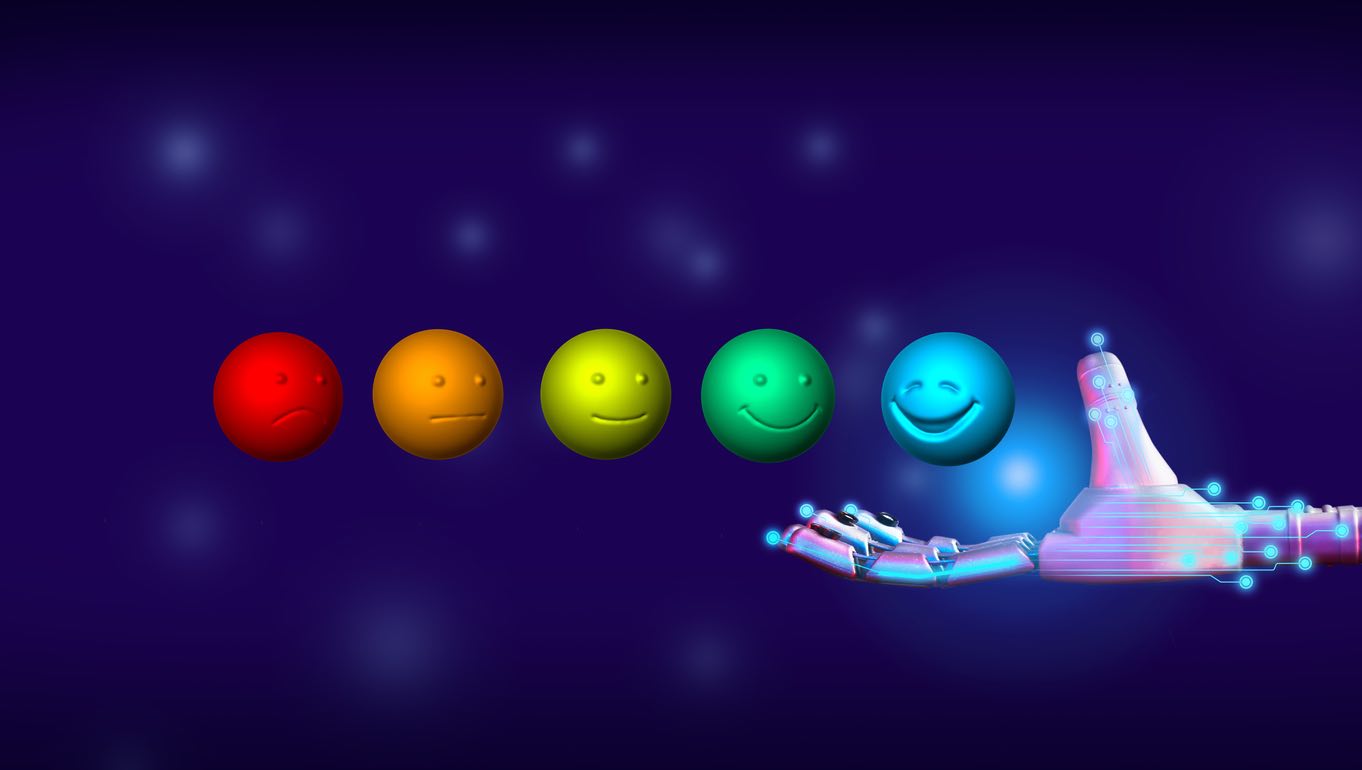AI, Chatbots
Understanding the Cost of AI Chatbot Solutions
Recent Advancements in Conversational AI
Over the past two years, Conversational AI has witnessed significant advancements, driven by improvements in natural language processing (NLP) and machine learning (ML) techniques. These developments have made Conversational AI more capable, versatile, and user-friendly. This makes them highly attractive for many businesses across different industry sectors, albeit with some caveats when it comes to building and maintaining enterprise-grade AI chatbot solutions.
One notable advancement is the increased emergence and adoption of Large Language Models (LLM) such as OpenAI, BERT, LLaMA, and others. These models have demonstrated remarkable language understanding and generation capabilities, enabling more context-aware and coherent conversations with AI systems. Despite this, there are limitations and challenges for LLMs when it comes to enterprise adoption. Concerns over jailbreaking, hallucinations and inaccurate information generated by LLMs are top of mind for many businesses, especially those that handle sensitive customer information or are subject to strict regulatory and compliance guidelines. However, these hurdles are surmountable when the appropriate measures are taken to create solutions that guard against the downside of LLMs and leverage the benefits of the technology.
Other advancements, such as in speech recognition and synthesis technologies, have enhanced the quality of voice-based Conversational AI, making it more accessible and interactive for users. Conversational AI has also become more customizable and industry-specific. Businesses can now develop tailored AI chatbots and virtual assistants that understand domain-specific terminology and provide specialized support in fields like finance, healthcare and customer service.
Interoperability has also improved, allowing Conversational AI to seamlessly integrate with various platforms, messaging apps, and customer relationship management systems.
Advancements in Conversational AI and LLMs have been game-changers that are reducing the complexity and cost of AI chatbot solutions. That said, creating more complex solutions that meet the needs of the enterprise for security, compliance and accuracy can still incur more cost. Over time these costs will decline as rapid improvements in the technology continue.
Breaking down the Cost of Implementing Conversational AI and Large Language Model solutions.
Integrating conversational AI and large language model solutions into your business operations can be a game-changer, but it’s essential to understand the costs involved in building and maintaining these powerful technologies. Here’s an overview of the cost considerations for implementing conversational AI and large language model solutions:
1. Development Costs
Building a conversational AI system or implementing large language models requires skilled AI developers and engineers. The cost of AI chatbot development can vary significantly based on the complexity of your project. Using Conversational AI vendors that have a track record in creating and integrating these solutions for businesses can be more cost effective than hiring teams of AI specialists.
2. Training Data
To train a conversational AI model or fine-tune a large language model, you’ll need a substantial amount of data. Acquiring and preparing this data can incur expenses, especially if you require custom datasets for specific industry jargon or niche markets.
3. Hardware and Infrastructure
Running large language models or custom conversational AI systems requires robust hardware and infrastructure. You may need to invest in powerful GPUs or cloud computing resources, which can add to your operational costs.
4. Licensing Fees and Token-based Usage Costs
If you choose to use pre-trained models like ChatGPT, you’ll likely have to pay licensing fees and tokens, based on usage. These fees can vary depending on factors such as the number of API calls or tokens processed.
5. Continuous Training
AI models require ongoing training and fine-tuning to remain effective and up-to-date. This involves additional development and data costs, as well as the time and expertise of an AI team.
6. Maintenance and Support
Like any technology, conversational AI and large language model solutions require ongoing maintenance and technical support. Budget for regular updates, bug fixes, and improvements to ensure optimal performance.
7. Integration Costs
Integrating these solutions into your existing systems, such as websites, apps, or customer support platforms, may require additional development work and associated costs.
8. Security and Compliance
Ensuring the security and compliance of your AI systems may involve investing in measures like data encryption, access controls, and compliance audits, which can add to the cost of AI chatbot implementations.
9. Scaling Up
As your business grows and your AI usage increases, you’ll need to consider scalability. Expanding your AI infrastructure and resources to accommodate higher demand can lead to increased costs.
In summary, while conversational AI and large language model solutions offer numerous benefits, they do come with costs that encompass development, training data, infrastructure, ongoing maintenance, and more. The specific expenses can vary widely depending on the scope and complexity of your project.
